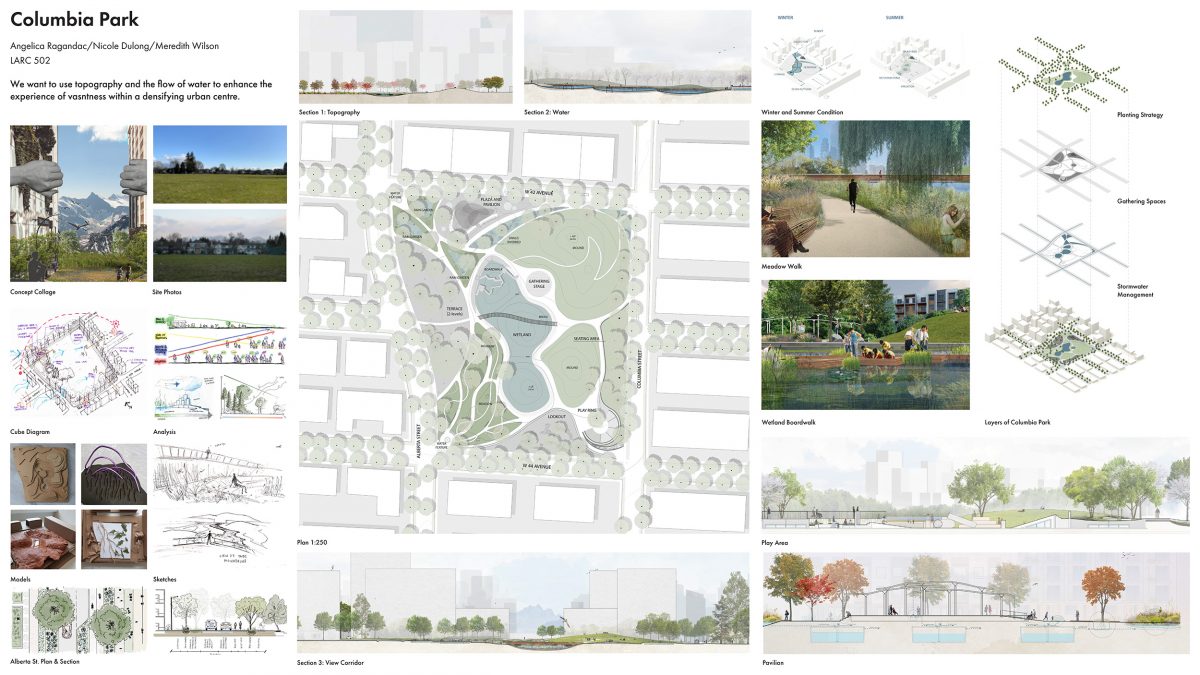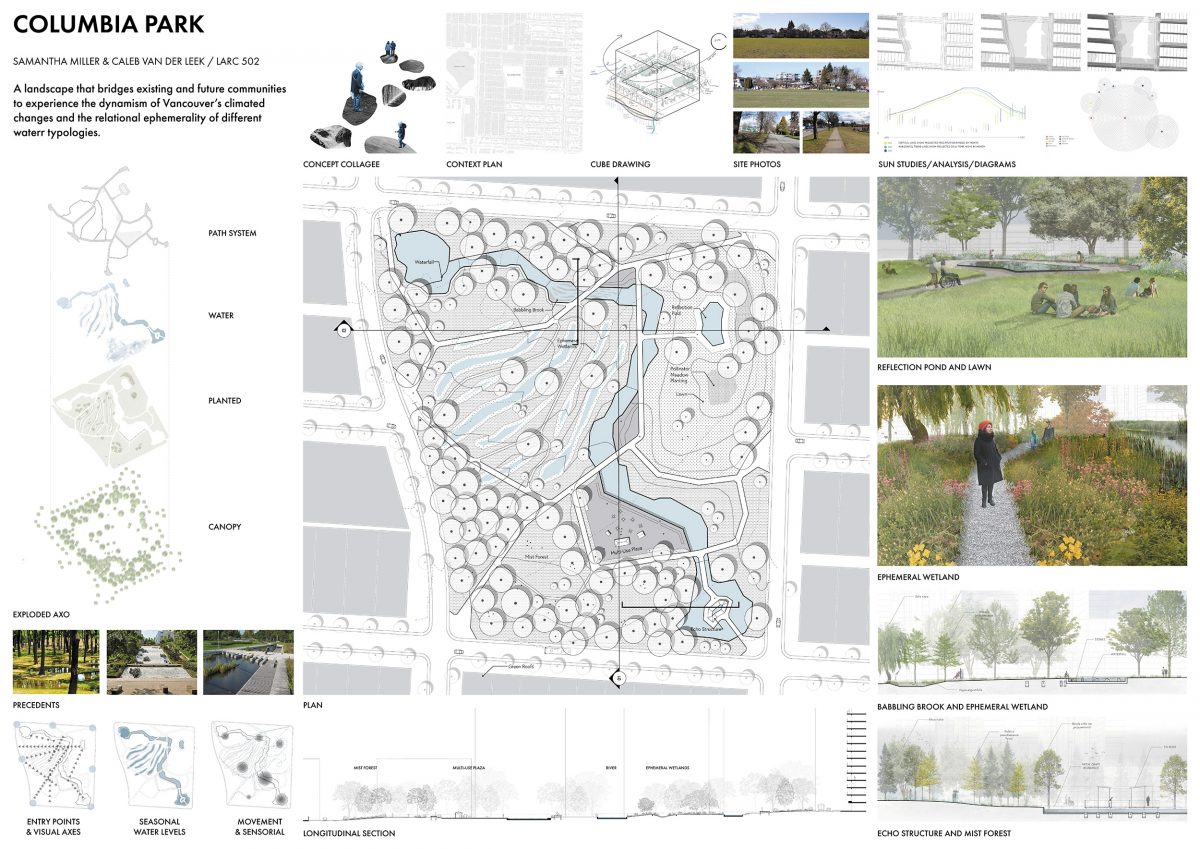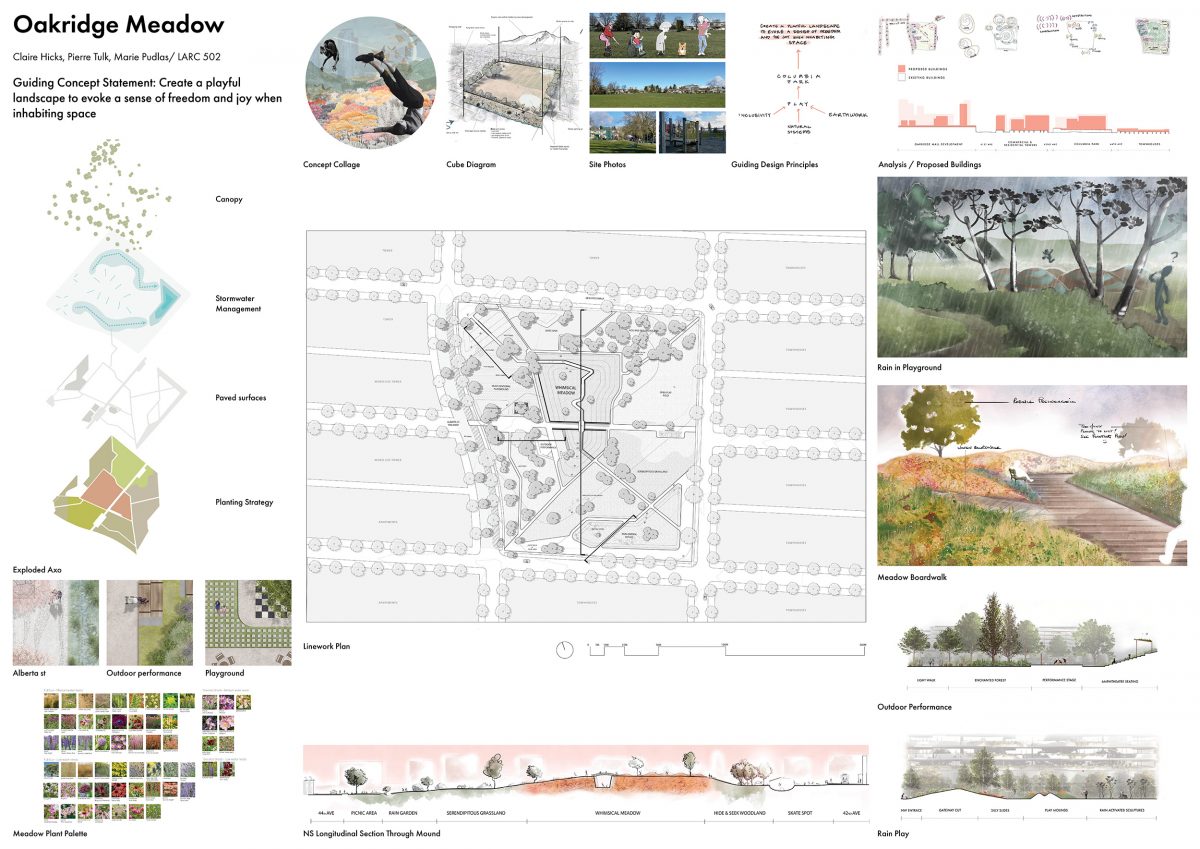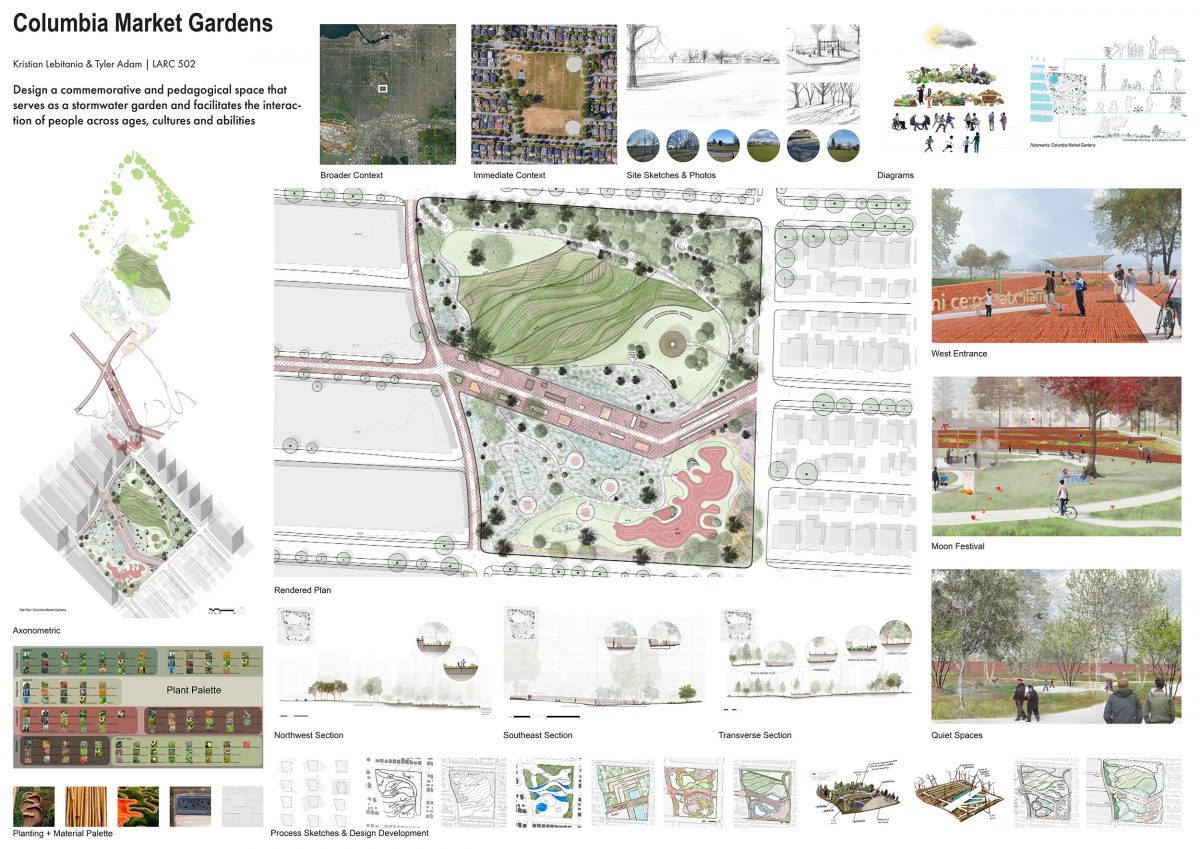We believe inclusive design should acknowledge those who are lost, consider those who are present, and make room for those who are coming. Some tangible forms of inclusive design in a landscape context include diverse and flexible programming, accessible circulation routes, universal signage, and native planting that supports a range of species.



